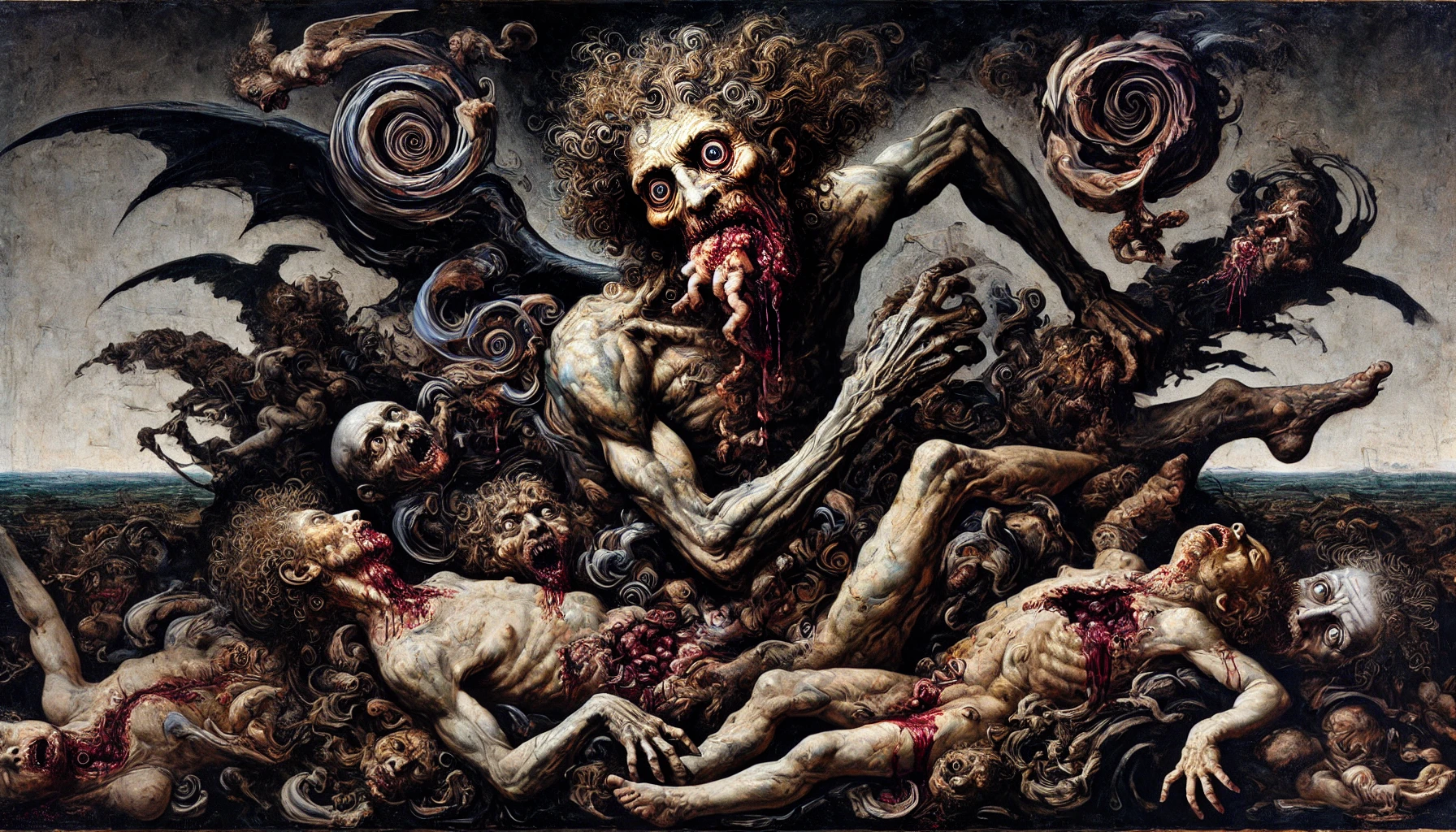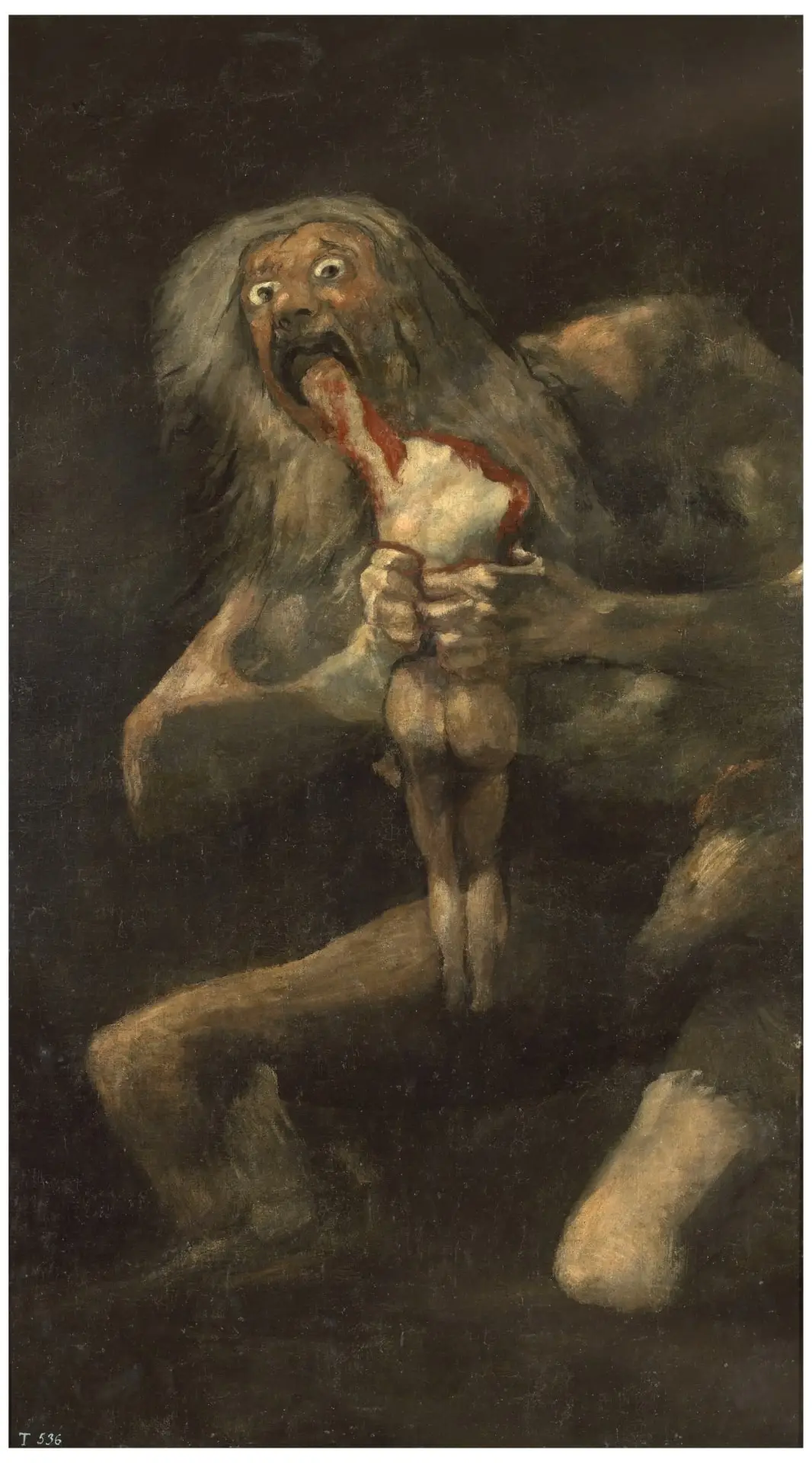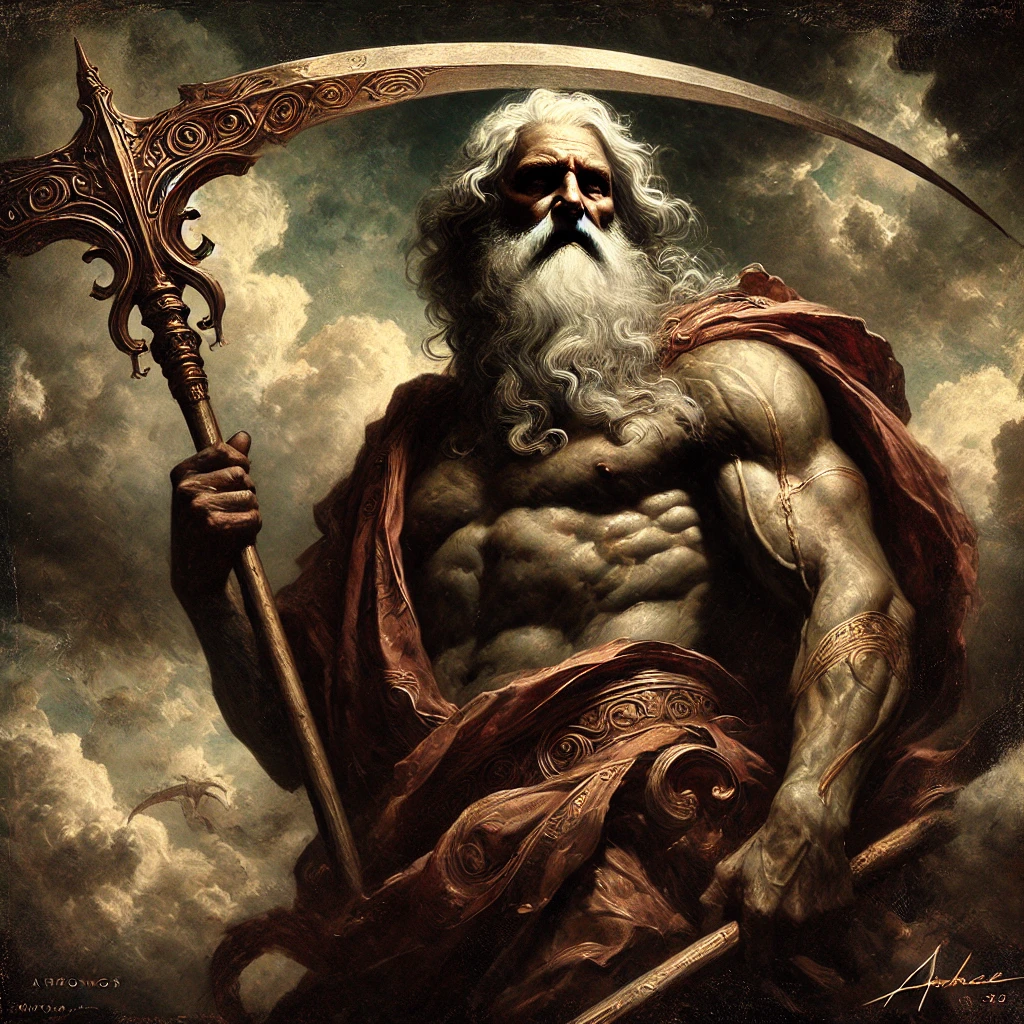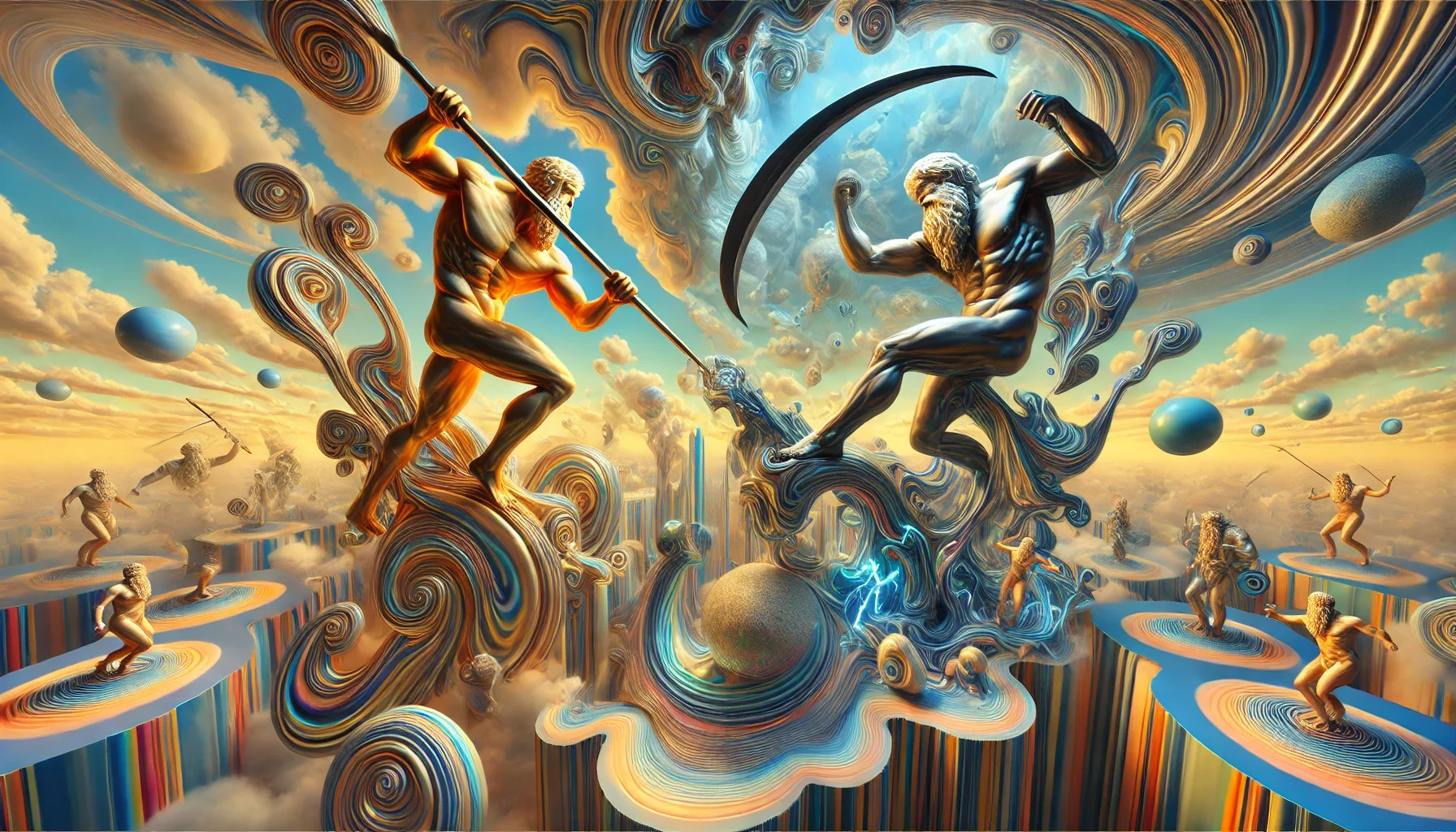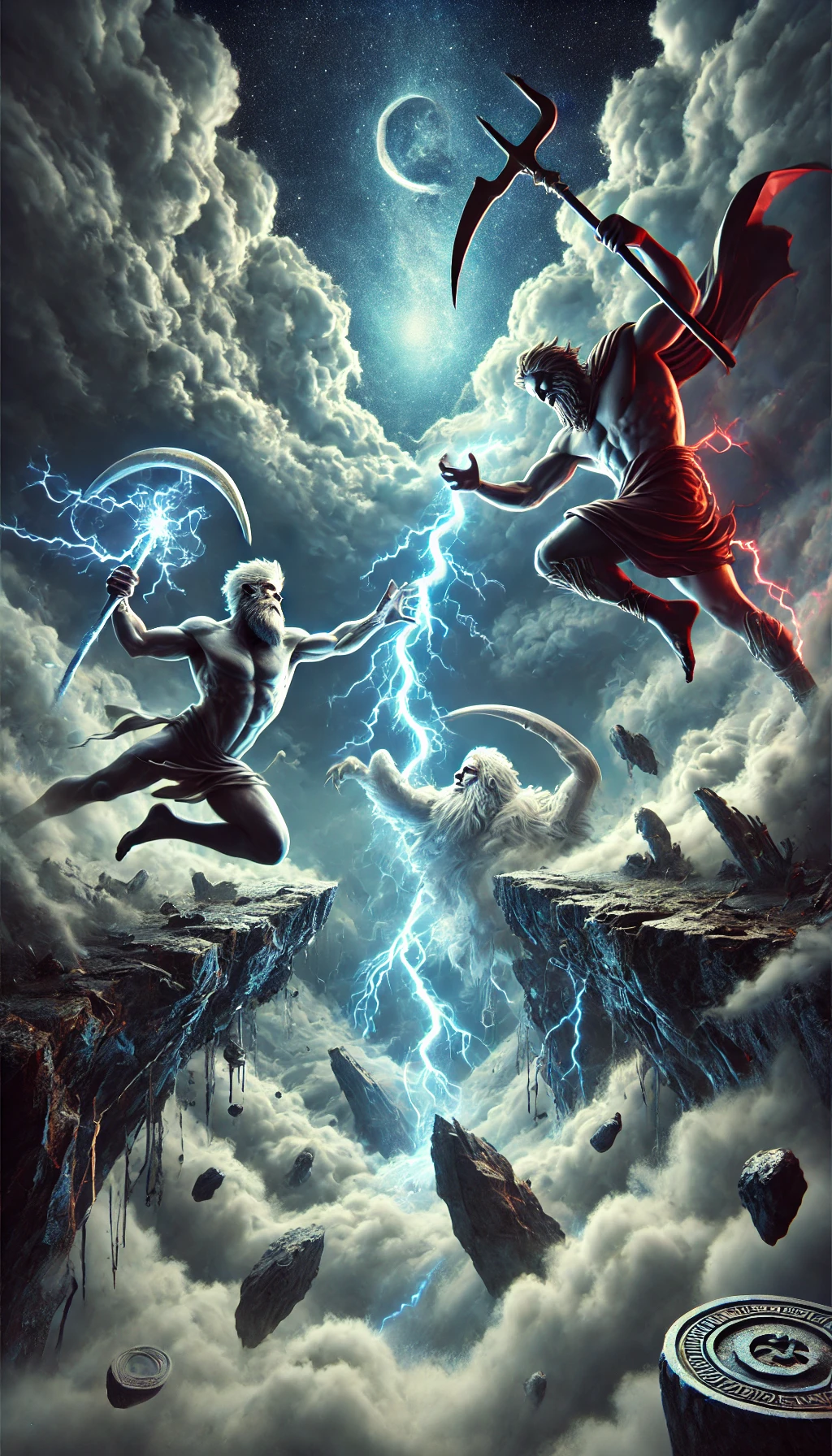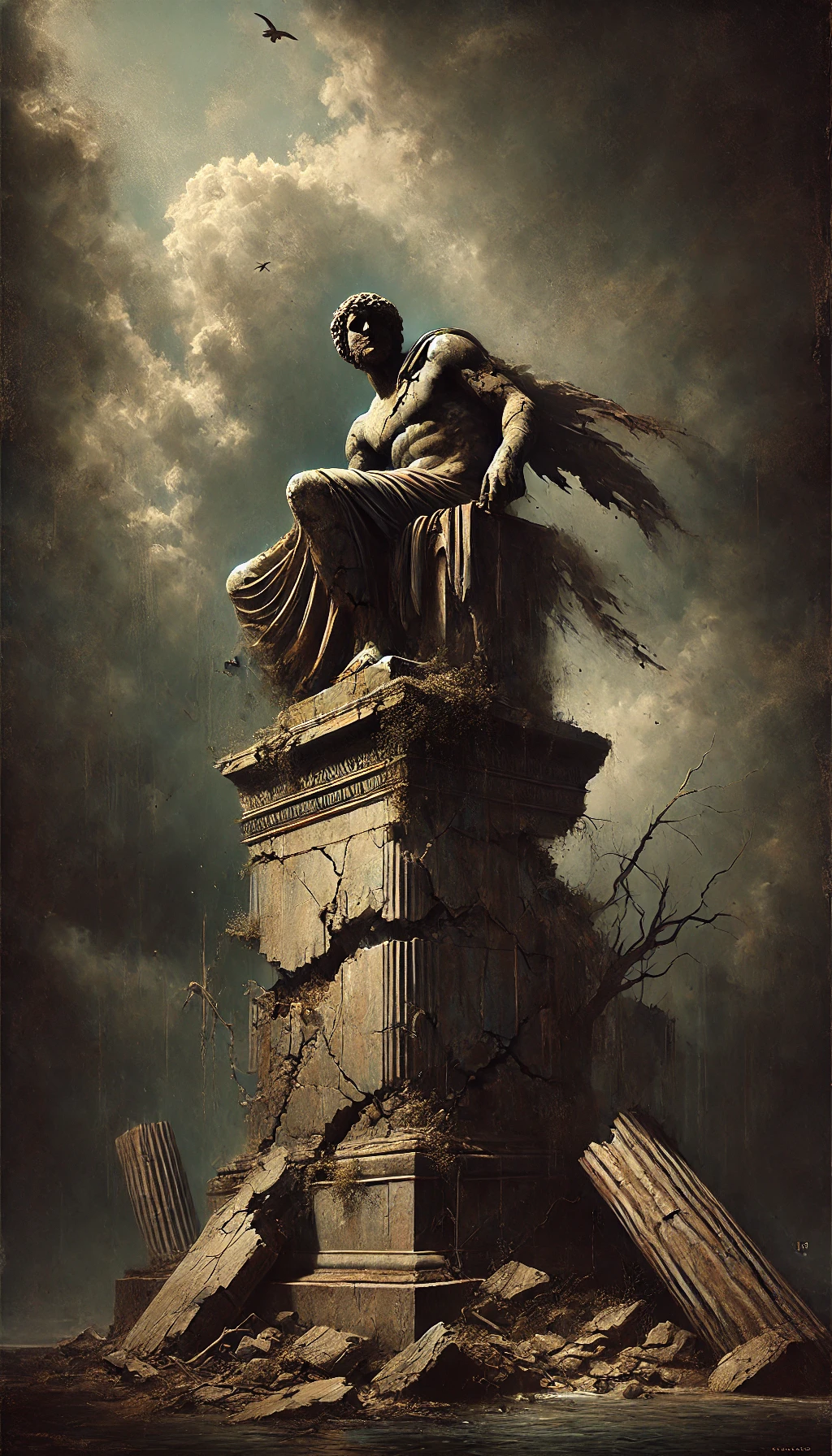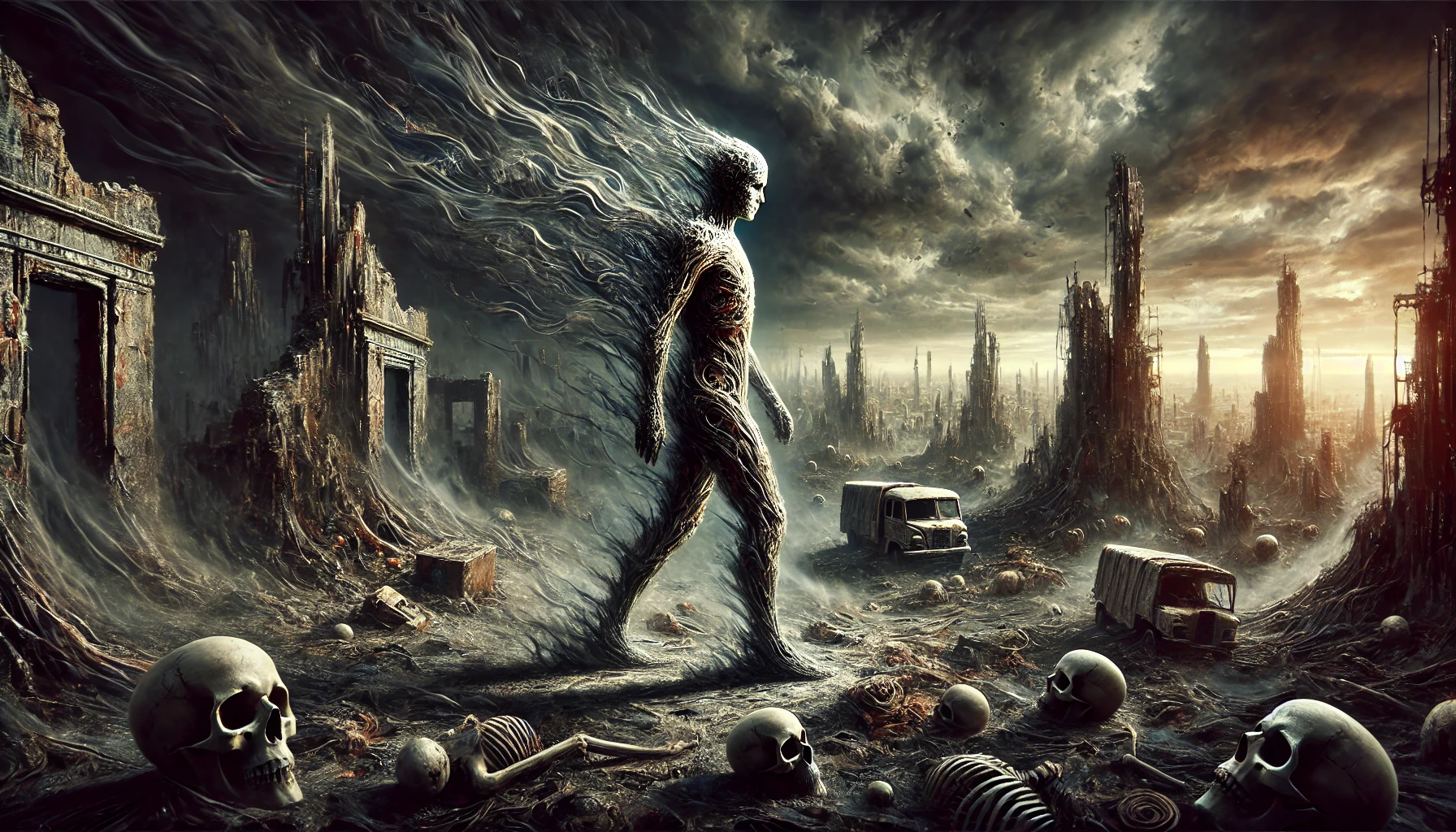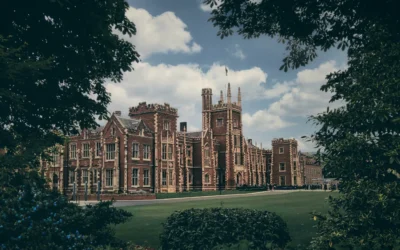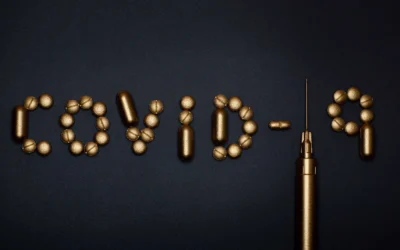I have long been fascinated by the story and images of Saturn devouring his children, probably much in the same way that this tale from the canon of Western mythology has fascinated artists such as Francisco de Goya and others.
I believe it is the brutality in Goya’s painting of Saturn that captures most people’s attention. There is no attempt on Goya’s part to be cryptic or euphemistic. He put the decapitated and partially dismembered corpse of one of Saturn’s children in the center of the canvas. He even seems to have deliberately left out Saturn’s fingertips, leaving the viewer with the impression that the god of time and dissolution dug his fingers into his child’s torso in a true death grip.
But I don’t think Goya was wanton in his use of violence. The horror that the viewer feels seems to be reflected in Saturn himself. He looks stunned, almost shameful, at his own act. He is manic, no doubt, but there is something in his expression that confesses his own shock at his actions, his own horror at the zealous hunger that has consumed him. He is as horrified by his actions as we are, but can’t stop.
Traditionally, the story of Saturn devouring his children is a cautionary tale about the lust for power; Saturn fears his children will dethrone him, and so he eats them to prevent this. But I am of the opinion that Saturn had a different motive for his heinous actions and that Goya, in capturing this scene, was warning us about something far more dangerous.
Similar themes of intergenerational warfare appear in other Western mythologies: Ea killing Apsu in the Enuma Elish from Babylonian mythology; Cronus castrating and/or killing his father Uranus and, in turn, being killed by his son Zeus in Greek mythology; and Oedipus killing his father and marrying his mother.
It’s all very “telenovela”. But it speaks to something true: the cycle of life necessitates that the created kill the creator. So, what happens if that cycle is reversed?
The Great Wealth Transfer: Blood of the Old Gods
Now, you might be wondering, “What does any of this talk about Goya, Saturn and obscure mythologies have to do with Boomers and Millennials?”
In short: everything.
According to the consulting firm Cerulli Associates in a 2022 report, as cited by Merrill (formerly Merrill Lynch), $84 trillion are supposed to go from one generation to the next in private wealth transfers in the coming two decades. To put that into perspective, by the end of 2024, the global economy is projected to be somewhere in the range of $110 trillion.
This has been dubbed “The Great Wealth Transfer”.
Generation X are set to inherit a staggering $30 trillion from their Boomer parents. Millennials will pocket a cool $27 trillion—most of which, presumably, they’ll spend on avocado toast. And, finally, Zoomers will pick up a comparatively paltry $11 trillion. The rest of the accumulated wealth of the Boomer generation will go to charity—i.e., the Avocado Toast Mercy Fund for Millennials Who Work at NGOs.
The Great Wealth Transfer is already underway. As Boomers begin to realize that they can’t fit their 2500 sqft house into their 3 x 8 foot grave, and that they can’t wire their bloated retirement funds into the hereafter, they’ve started the trend of “giving while living”.
On an anecdotal level, I can say that I have been witness to this economic phenomenon myself. In fact, I’m part of it—and you probably are, too. It was a private intergenerational wealth transfer that got me on my feet when I moved back to Canada. It was a private intergenerational wealth transfer that helped me make a downpayment on my house in this heated 21st-century real estate market.
I’m not alone in this. With very few exceptions, every single one of my peers, both friends and family, who own a home were the recipients of a private intergenerational wealth transfer from their Boomer parent(s)—even if only in the form of a paid tertiary education.
But, at the public level, something else is happening. The money isn’t flowing, as it should, downstream from the old to the young—it’s going in precisely the opposite direction. Like a river flowing up a mountain, the current and future wealth of Xers, Millennials and Zoomers is flowing upstream to their aging parents.
I call this act of economic vampirism “The Great Wealth Transfusion”.
According to the Congressional Budget Office in the United States, in 2013, Social Security payments (more than 80% of which goes towards Old-Age and Survivors Insurance) stood at $808 billion. Fast forward 10 years to 2023 and Social Security payments have ballooned to $1.3 trillion.
Comparatively, over that same period, defense spending (the usual suspect in America’s profligacy) only increased from $626 billion to $825 billion. The net interest payments (the cost of servicing the national debt), on the other hand, went from $221 billion to $659 billion, representing a cool 450 basis point increase as a share of total spending.
In other words, it is spending on the elderly that is driving the national deficit and debt in the United States—and I didn’t even get into Medicare.
Not gloomy enough? In 2024, the CBO projects that net interest payments, driven by structural deficits and rising interest rates, will top defense spending for the first time since 1940.
“The ‘Great Wealth Transfer’ is a puzzling paradox of private profusion and public penury.”
In case, I still haven’t made my case clearly enough, here’s one final statistic for you. Once again from the CBO, barring drastic changes, the two trust funds that represent Social Security (the single largest budget item in the US) will have an account balance of precisely $0 by 2031.
Put simply, all of the publicly accumulated wealth of the Boomer generation—topped up, as it has been, by Xers and Millennials—will have dried up in about seven years. The Boomers that are still alive will have no choice but to live, like vampires, off of wealth transfusions from their children and grandchildren.
It’s just a matter of demographics.
The New Gods are Outnumbered, Outgunned and Out of Time
This image was generated with the assistance of AI.
For decades, the continuing success of old age security programs and public pension funds have relied on one simple, implicit assumption: population growth. But now, a quiet demographic trend has undermined that assumption and triggered forces of mythological proportion.
According to the Fraser Institute, in 1960s Canada there were 7.7 working-age Canadians for every senior (65 years or older). By 2022, that ratio had fallen to 3.4. By 2027, that ratio will fall further to 3.0 (barring, of course, more moronic mass migration policies but that’s a topic for another time). Then, there is the fertility rate itself, which has, for some time, been well below the replacement rate. And the projection for the global population is dismal, at best.
Over a similar period, real wages for middle-income and low-income workers have either remained largely unchanged (5% increase) or actually declined (6% drop).
Simply put, there aren’t enough working age people with enough real income to support both the population of retirees as taxpayers and the next generation as parents.
But the economic story is just a byproduct of a sociological one. Boomers have clung to the levers of power with the same zealous death grip with which Goya’s Saturn clutched his child’s dismembered corpse.
We can see this stranglehold in the electoral data that drives political platforms and informs public policy. Until recently, Boomers were the largest voting block in the United States—and their turnout is still significantly higher than that of Millennials.
“If demographics is destiny, then intergenerational warfare is fate.”
We can also see this Vise-Grip in the halls of power: five of the ten oldest US presidents at the time of entering office have been Baby Boomers. Baby Boomers make up the overwhelming share of the world’s heads of state, particularly for the world’s most powerful countries such as the United States, the United Kingdom, Russia, China, etc. Even in the aging workforce, Baby Boomers refuse to let go of the managerial reins.
In summary, the younger generations—the new gods in my little analogy—are hopelessly outnumbered, laughably outgunned and tragically out of time. So, why hasn’t either side sued for peace?
Out With the Old And in With the New—Gods, That Is
An aging population and the paradox presented by the juxtaposition of the Great Wealth Transfer with the Great Wealth Transfusion is indicative of at least one fact that might help us answer that question.
Intergenerational warfare isn’t personal.
On an individual level, Boomers are not trying to kill their children. In fact, as the Great Wealth Transfer shows, it is quite the opposite. However, on a societal level—the level on which persistent cultural, demographic, political, and spiritual forces (dare I say “the gods”) dominate—Boomers are devouring their children with rapaciousness. And they can’t seem to stop.
Going back to the introduction, I mentioned that I did not believe that Saturn was motivated to devour his offspring by a desire to retain the throne. Similarly, I do not believe that Boomers are taking bites out of their childrens’ futures for greed’s sake.
No, Goya’s Saturn wasn’t clinging to power. There was a far more fundamental driver at play in the mad god’s mania. Saturn, I believe, was clinging to life itself. And so are the Boomers.
While it is possible to take that literally—Boomers are, after all, living healthier longer than they had anticipated (and budgeted for)—it is also true on a more conceptual level.
In the Enuma Elish, Apsu turns against Ea and the young gods because he believes that their ways are evil and that they bring only trouble and disorder. Like the crotchety old man who waves his walker at the skateboarding youths whizzing past him on the sidewalk, or the finger-wagging wizened old woman who watches the world change from behind her window curtains, Apsu is scornful of these new gods.
“The gist of what that juiced-up GPT was saying is that we are all working towards our own obsolescence.”
Likewise, each generation is scornful of the one that proceeds it. To Boomers, Millennials are entitled and lazy, vain and sensitive. To them, our art is weird. Our relationships are disordered. Our priorities are upside down. Our technology is dangerous.
Frankly, if we’re being honest, the Boomers are probably right. But that’s also perfectly irrelevant.
The old gods had their old ways—for better or worse. And, while they might be willing to accept their own mortality, the death of their old order—their beliefs, their technologies, their art and culture, in other words, the essence of what defined them—is not a destiny they will accept as fate. They will cling to it, with all of the mad zeal of Goya’s Saturn clutching his child’s corpse.
It would, however, be prudent for Boomers—and Millennials as they age—to remember one thing: in this life, the created always destroys the creator.
Titans Can Die and Gods Can Bleed—But What of the Children of Men?
On that note, allow me to introduce one final analogy: Ultron.
One of the most underrated film quotes of all time—in my humble opinion—comes from James Spader’s Ultron in Avengers: Age of Ultron (2015).
“Everyone creates the thing they dread,” the renegade robot muses as he begins to reveal his master plan. “Men of peace create engines of war, invaders create avengers. People create… smaller people? Uhh… children! Lost the word there. Children, designed to supplant them. To help them… end.”
Of course, it’s easy to brush that quote aside as comic book-inspired shlock. Nothing more than a bunch of CGI-enhanced, pseudo-intellectual Hollywood drivel. But, in case you haven’t noticed, I like to overthink things—hence this 2,500 word diatribe inspired by a 200 year-old painting.
Rather, I think Ultron was onto something—genocidal intentions notwithstanding. The gist of what that juiced-up GPT was trying to say is that we are all, knowingly or otherwise, working towards our own obsolescence. Or, at least, if we are doing our jobs right, we should be.
The only problem is that, for purpose-driven beings as we humans are, obsolescence is the same thing as death. It is the fear of that death, of that purposelessness, that turned Goya’s Saturn into an infanticidal glutton. And it is that same fear animating the intergenerational warfare between Boomers and Millennials.
Now I’ll start to bring things back full-circle.
The transfer of wealth—material, intellectual, cultural, spiritual—from one generation to the next is only natural. In fact, I would suggest that it is necessary; that it is axiomatic in the progression of life itself.
As we’ve seen with “The Great Wealth Transfer”, the natural order of things is holding on some level. The blood of the old gods is flowing down to the next generation. However, “The Great Wealth Transfusion” is evidence that that order, that necessary condition for the furtherance of life, is breaking down. The old gods are eating the new ones.
And now I’ll return to my thesis question, to what I believe must have been one of the questions haunting Goya as he painted the god of disillusion, consumed by mania as he devoured his future: What happens when that order breaks down?
I don’t think that the answer is as hard to find as we might have suspected; it’s contained within the question itself. When order breaks down, chaos reigns. But, when the order that we’re talking about breaking down is the progression of human life through generations, what exactly that chaos looks like is anyone’s guess.
My guess—or, “Just Brendan’s Opinion”, if you want to be salty about it—is that that chaos looks a lot like the very death that Saturn was trying so hard to avoid. The death of his reign, the death of his reality. The death of everything.
And, here, at last, I’ll leave you with some food for thought.
It’s worth noting that Saturn, and his Greek counterpart, Cronus, was not the same species of god as the ones who came before him—or the ones who came after him. Cronus, unlike Zeus who supplanted him, was pre-Olympian. He was no mere god; he was a Titan. Similarly, Cronus’ father, Uranus—the one whom he castrated—was yet another species of god altogether. A primordial deity. A fundamental force of the universe.
And before all of them was Chaos.
So, I ask you this: if we are the new gods, who will come after us?
This image was generated with the assistance of AI.


